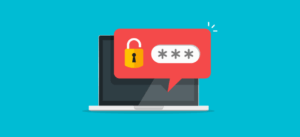Password Manager
Keeping your passwords as secure as possible is the first and most important step in maintaining internet security against identity thieves and data breaches. A password manager is a digital replacement for the sticky note you might have your passwords written down on now, but it’s also more than that. Password managers generate strong new passwords when you create accounts or change a password, and they store your passwords in one place, protecting them with a single strong master password. If you remember your master password, your password manager will remember everything else.

Because your master password is responsible for protecting all your account information, you must make it complex and difficult to guess. But because you’ll need to type it in when you start using a new computer or phone or when you need to log in to change account settings, it should also be easy for you to remember; otherwise, you could lock yourself out of your account.
The Good:
The Bad:
No matter how memorable your master password is, you should write it down and store it somewhere very safe, and offline, to make sure you don’t forget or lose it.
In sum, setting up a password manager may take anywhere from 5 to 30 minutes, and it can provide a lifetime of convenience by automatically generating, storing, and filling passwords. Using a password manager helps you maintain a more secure presence on the web, protect your bank account, email, and social media activities from intrusion by hackers. Best of all, you gain peace of mind.
Where to go for more information or to get in contact with the CCP Team?
Please visit our website (www.ccpteam.com) or check us out on social media if you’re interested in learning more. As always, calling our office will result in hearing a friendly voice that is happy to discuss any questions you may have. We’ll keep pushing in the direction of excellence and look forward to those continuing partnerships that drive IT Success for Business.